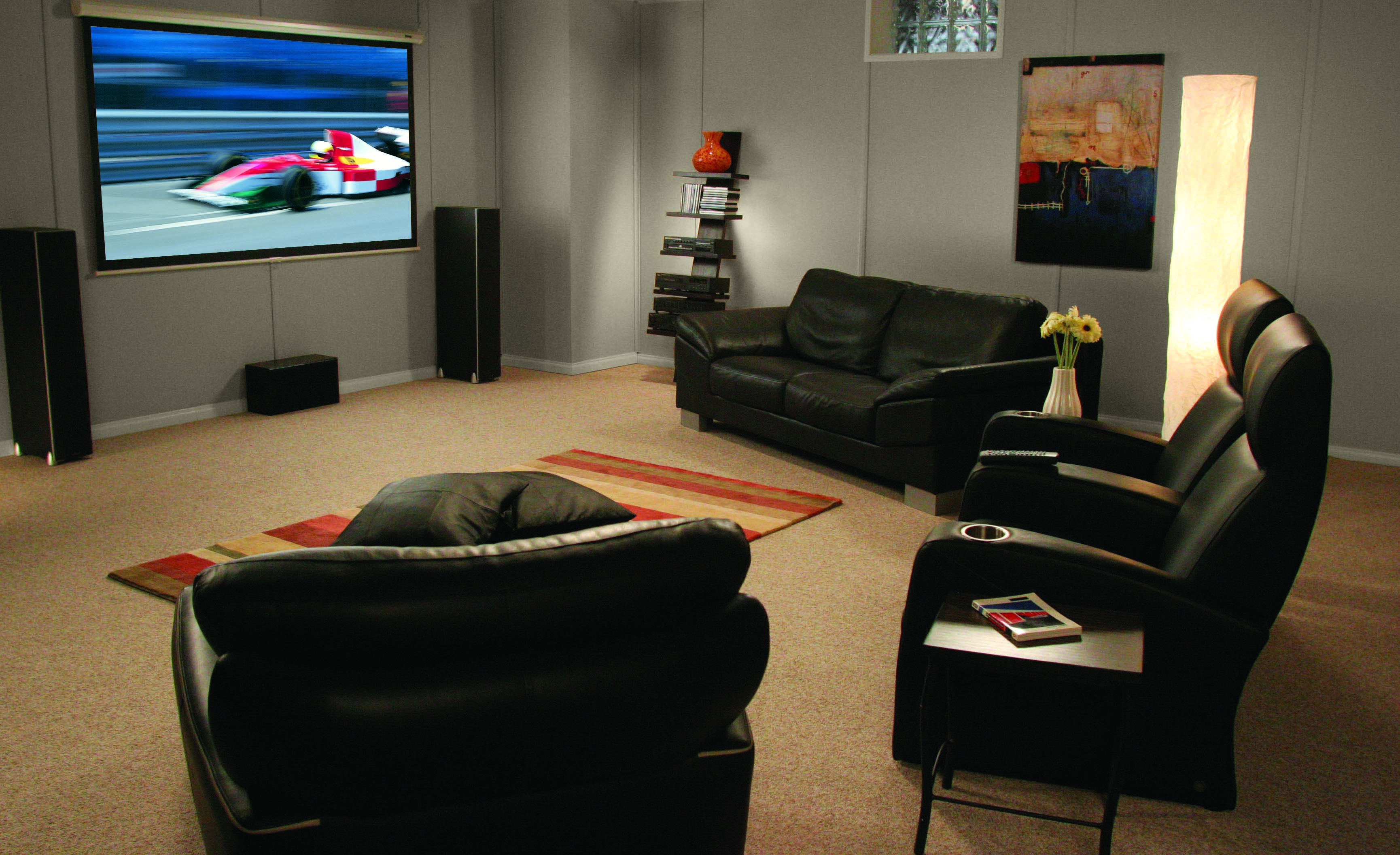

- How to create your own game sounds plus#
- How to create your own game sounds series#
- How to create your own game sounds free#
The Miles Sound System has been around since 1991, and is still being used by developers today.
How to create your own game sounds free#
Recently the tool was made free to indies via a limited commercial licence, which allows devs using less than 200 sound files in their wwise project to use it at no cost.
How to create your own game sounds series#
The tech features HDR audio, a number of built-in effects and has a series of plug-ins available, including SoundSeed, which we have also profiled for this guide. The tool can be integrated into a number of engines, including Unity, Unreal Engine 3 and 4, CryEngine and development toolset Marmalade, and supports 14 platforms in total. One of the most popular audio tools used in games, Audiokinetic’s wwise suite has been built for both indie and triple-A developers to use. Previously the tool had cost as much as $500 per title. The recent release of FMOD Studio 1.4 also added extra platform support and enhancements to the profiler to feature live game output recording, playback and scrubbing, as well as support for a host of new data tracks including per event instance, voice, CPU, parameter values, 3D values and instance tracking.įirelight also recently introduced a new free licence for indie developers with budgets under $100,000. The tool is used for creating sound generators and effects, among numerous other uses. In recent times it has been used in Supergiant Games’ Transistor, Turn 10’s Forza 5 and in Evolution’s upcoming Driveclub. These four tips are a rough guideline to retro game sound design.Firelight Technologies’ audio tool suite FMOD Studio is widely used in the games industry. Additionally, You can use a lowcut at around 100 Hz to simulate the lack of low end which is typical for the sound of retro systems. For this, you have to create a highcut filter at around 10 kHz. I know, I told you to keep it simple, but we’ll use the EQ creatively to emulate the effect of the Nyquist theorem. There’s another way to simulate the low resolution. Then you can export it again into the desired format (mp3 or wav). Or you could export your file in a low resolution (8 bit, 22.050 Hz) and then import it to your project. Therefore, you could use plugins like a bitcrusher. What you can do is the following: Crush down your signal at the end of the chain. The first sound cards mostly had an 8-bit resolution and a sampling rate of 22.050 Hz. (Note: A square wave is a pulse wave with a width of 50:50.) Tip #4: Crush it down!Īs I said, retro game sound design is all about downsampling and a low bit resolution. It looks just like a pulse wave or a square wave. Have you ever played some high notes on a synthesizer with only one square wave oscillator turned on? It instantly seems to tell a story of an 8-bit hero in an 8-bit world.Īgain, why does that sound so much retro? The reason for this is that a sound file with a low resolution is pretty much angular-shaped, if you take a closer look at the waveform. Remember what I said in tip #1 about the waveforms?There’s even one of them which is so much retro that it could rope you into a 2D-world. They generated a series of tones, instead of generating one tone and modulating it. Why does this technique sound so retro? Well, it’s because of the way it simulates those old sound chips. With different rhythms and melodies you are able to design sounds which fit to any motion. This creates the sound which you might associate with Super Mario jumping through crazy 8-bit worlds. Use 16th or 32th notes that move upwards or downwards. Rather than using LFOs or pitch envelopes, you have to draw in very short notes into your MIDI editor. And this brings us to the next tip… Tip #2: Use arpeggios! Nonetheless, there is a way to design movement within your sound.

In sum: Choose one oscillator with a very simple waveform and shape it with your amp envelope. Forget about additional envelopes! Just your very basic amp envelope. There were no such things as effects like delay or reverb because those would have been too CPU-intensive. one oscillator) with only very few waveforms (pulse, square, triangle, noise). It goes on with multiple voices, detuning, pitch envelopes, filter envelopes, stereo widening, delay, reverb, saturation… For designing retro sounds, you have to do exactly the opposite: Keep it simple! This is due to the functionality of old sound cards.
How to create your own game sounds plus#
Therefore, I use all oscillators with various complex waveforms plus the white noise section. Usually, when I design synthesizer presets, I want them to be huge and powerful.

Do I have your attention? Let me reveal the four magic tips which will help you to sound retro: Tip #1: Keep it simple!


 0 kommentar(er)
0 kommentar(er)
